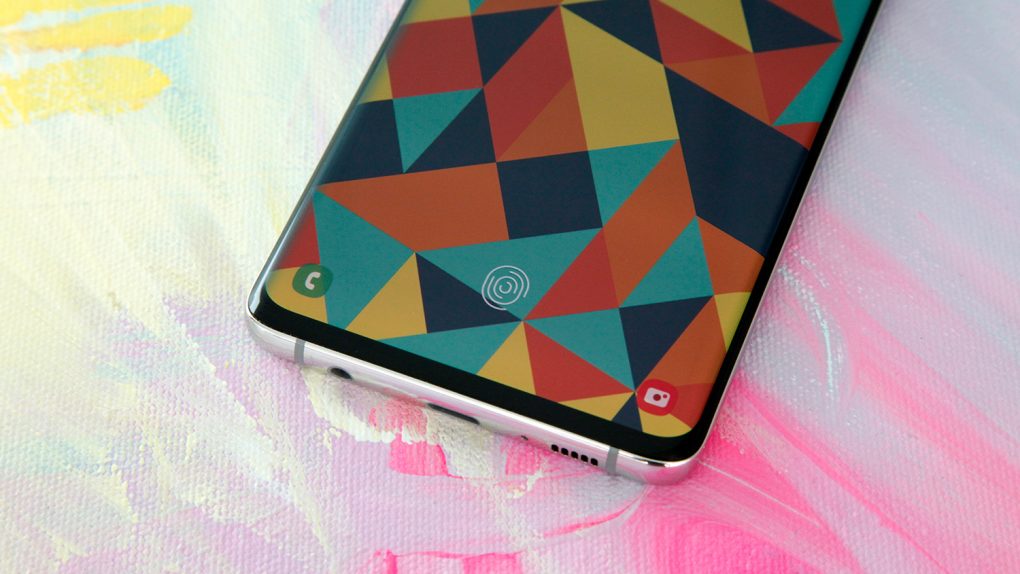The Galaxy S10 is already shaping up to be a huge commercial success for Samsung. The phone’s novel design and brand new features make it a significant upgrade compared to last year’s Galaxy S9, a phone that failed to sell as well as Samsung had hoped. But with new hardware also comes new issues.
For example, the ultrasonic in-display fingerprint reader of the Galaxy S10 isn’t always behaving as expected. The sensor has no equivalent in the business, but Samsung has acknowledged that some users have experienced issues with it, and said this week that a software update is in the works.
The ultrasonic sensor should offer better security than optical fingerprint readers, but just because it’s more sophisticated doesn’t mean it works flawlessly. The ultrasonic sensor can detect blood flow within the finger, The Korea Herald explains, which means hackers can’t get into a Galaxy S10 device using a photo or a mold.
Some early Galaxy S10 users have already encountered problems with the fingerprint scanning function, with failures registering when completing mobile payments that require some form of authentication. Samsung has heard the complaints and plans on fixing some of the reported issues via software updates.
“There can be many occasions where users find the fingerprint scanner doesn’t work well, for example, when you are in a dry environment, or when your finger skin is really dry, or when you have a scratch on your fingerprint,” a Samsung official said. “The accuracy has been improved through the first update of software recently just in one week since the launch, and we will continue providing updates to make the scanner work better.”
The best way to adjust to the ultrasonic fingerprint sensor is to train yourself to unlock the phone and use the sensor for authenticating in apps or making payments. If it ever fails, you should definitely reach out to Samsung and explain your issue. It’s the only way to help Samsung improve the technology.








